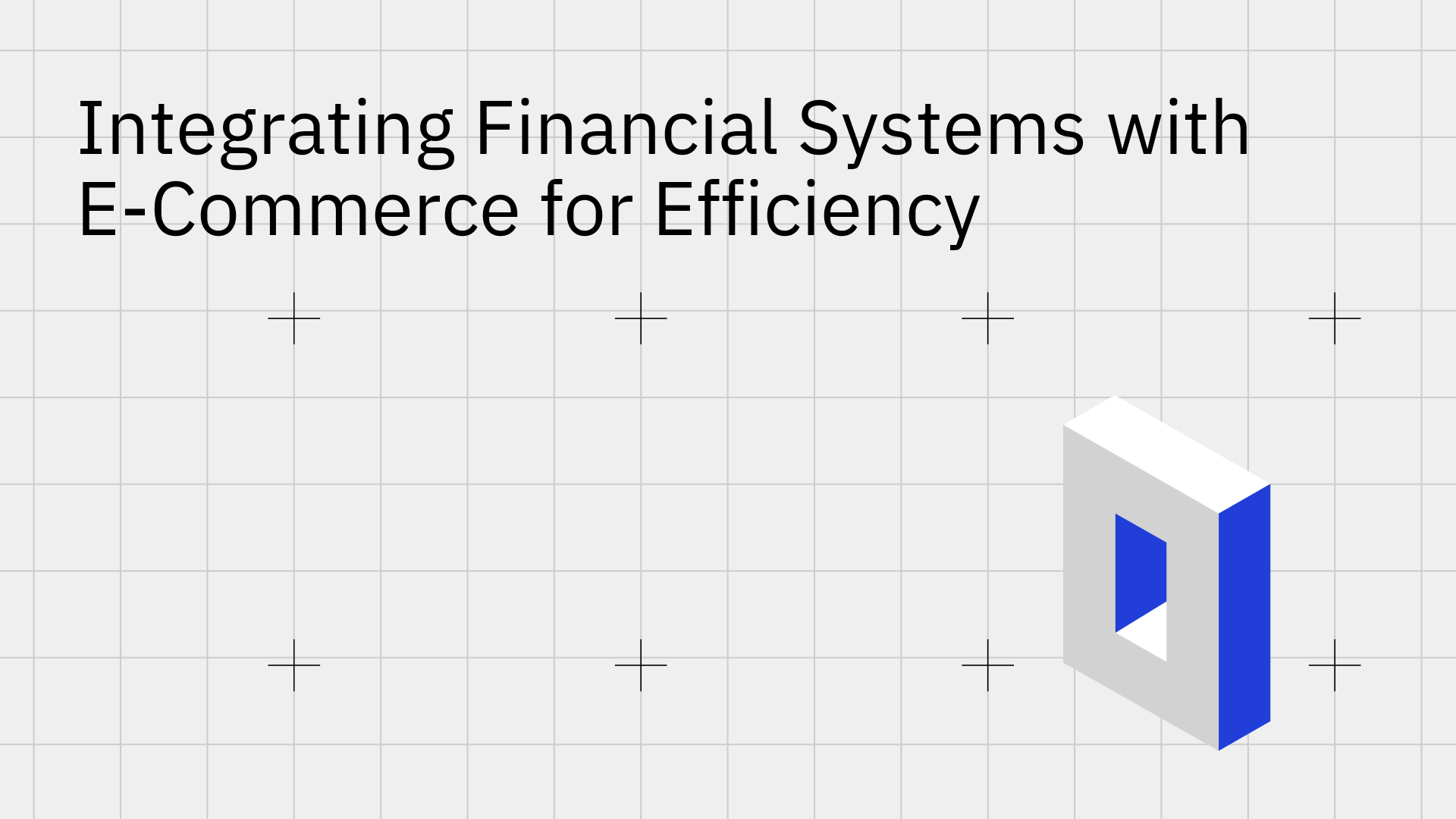
Connecting your financial system of record, like NetSuite, with your e-commerce platform, such as Shopify, is a critical step for achieving operational efficiency, ensuring financial data integrity, and delivering a superior customer experience. The technical challenge lies in bridging the gap between these two powerful but distinct systems. Without a robust integration, businesses face manual data entry, inventory discrepancies, and delayed financial reporting, all of which impede growth and introduce costly errors. A seamless, real-time connection automates the entire order-to-cash lifecycle, providing a single source of truth for financial and operational data.
For businesses leveraging Shopify for its powerful e-commerce frontend and NetSuite for its comprehensive back-office capabilities, integration is not a luxury—it is an operational imperative. The core problem is data silos. Customer, order, and inventory data originating in Shopify must be manually re-entered or batch-uploaded into NetSuite, a process that is slow, error-prone, and cannot scale.
This inefficiency leads to tangible business problems:
A proper integration automates these workflows, ensuring that data flows seamlessly and accurately between the two systems in real-time.
A successful integration between NetSuite and Shopify requires synchronizing several critical data objects to create a unified operational workflow.
Integrating these two complex systems presents several technical hurdles that generic solutions often fail to overcome.
The most significant challenge is achieving true, real-time data synchronization. Many integration tools rely on scheduled polling (e.g., every 5-15 minutes), which introduces latency. This delay can result in overselling during high-traffic periods or providing customers with outdated order information. True bi-directional sync with automated conflict resolution is required to maintain data integrity.
NetSuite is highly customizable, often containing custom fields and workflows essential to a business's operations. Generic iPaaS platforms or pre-built connectors may not support these customizations, requiring complex workarounds or expensive development. They often struggle to map data correctly between NetSuite’s complex object model and Shopify’s API.
Handling sensitive financial and customer data requires adherence to strict security standards. The integration solution must be compliant with regulations like SOC 2 and GDPR. Custom-coded solutions or insecure middleware can introduce vulnerabilities, exposing the business to data breaches and legal penalties.
Developing a custom integration is a resource-intensive project, requiring significant upfront investment and ongoing maintenance from skilled developers. As NetSuite and Shopify update their APIs, these custom solutions can break, demanding constant attention and driving up the total cost of ownership[4].
An integration must be able to perform reliably under pressure. As a business grows, especially during peak sales events like Black Friday, the volume of transactions can overwhelm brittle integrations, causing system crashes, lost orders, and payment processing failures[5].
While custom code is complex and generic iPaaS tools lack robustness, Stacksync provides a purpose-built platform designed specifically for real-time, bi-directional synchronization between operational systems like NetSuite and Shopify. Stacksync is engineered to solve the core challenges of data integration with reliability, scalability, and simplicity.
Unlike generic tools that treat every integration as a simple trigger-action workflow, Stacksync understands the complexities of financial and operational data. It offers:
By eliminating the need for custom development or the limitations of generic middleware, Stacksync empowers businesses to achieve a seamless and reliable integration, freeing up technical resources to focus on high-value initiatives.
Effectively connecting NetSuite with Shopify is fundamental to scaling an e-commerce business. The technical challenges of data synchronization, system complexity, and security demand a solution that is both powerful and reliable. Manual processes and generic tools create operational drag and risk data integrity. A purpose-built platform like Stacksync provides the definitive solution, delivering real-time, bi-directional synchronization that automates workflows, guarantees data consistency, and empowers businesses to operate with unparalleled efficiency and confidence.
How does the integration handle complex scenarios like B2B orders or multi-currency transactions? A robust integration platform like Stacksync is designed with the flexibility to handle complex business logic. It can map Shopify's B2B customer data and pricing to the appropriate fields in NetSuite and correctly process transactions in multiple currencies, ensuring accurate financial reporting.
What happens if there is a data conflict, such as an inventory update happening in both systems simultaneously? Stacksync includes sophisticated, automated conflict resolution. You can configure rules to determine which system serves as the master source of truth for specific data fields, ensuring that conflicts are resolved instantly and consistently without manual intervention.
How can I ensure the integration is secure and compliant? Choose a solution that is independently audited for security and compliance. Stacksync is SOC 2 compliant and adheres to GDPR principles, employing security best practices like end-to-end data encryption, secure API connections, and role-based access control to protect your data.
How can I scale my financial integration as my e-commerce business grows? Scalability should be a primary consideration. A cloud-native platform like Stacksync is built to scale automatically with your business, handling increases in transaction volume without performance degradation or the need for manual reconfiguration. This ensures your operations run smoothly, even during peak sales seasons[6].